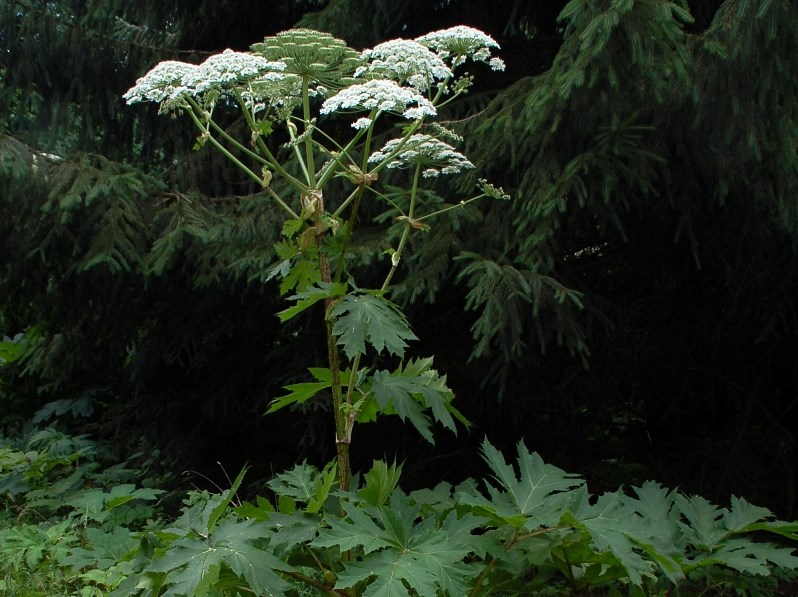Created on: Thursday, Jun 30th, 2016
Comment by Ron Vanderhoff: My only comment is that the suitable range in California for this species appears to be somewhat restricted by to its mesic requirements and its need for some level of dormancy or winter vernalization. If the species were accepted it would seem to be a strongly regional invasive. This does not exclude it from consideration, but does limit its potential CA impact.
USDA GRIN: https://npgsweb.ars-grin.gov/gringlobal/taxonomydetail.aspx?id=18896
USDA PLANTS: http://plants.usda.gov/core/profile?symbol=HEMA17
GBIF: http://www.gbif.org/species/3034825
Reviewed by Ron Vanderhoff and Lynn Sweet.
Global Invasive Species Database: http://www.iucngisd.org/gisd/species.php?sc=418
- < 13 : accept (low risk of invasiveness)
- 13 - 15 : evaluate further
- > 15 : reject (high risk of invasiveness)

